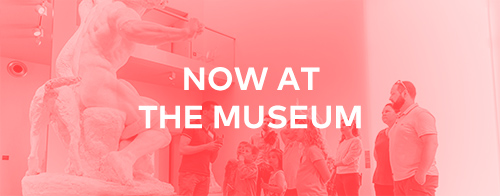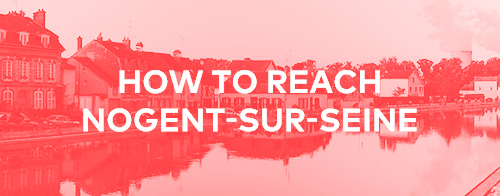A work, a tale
Narcissus
“While drinking, seduced by the image of his beauty, he falls in love with an insubstantial reflection, he takes for a body what is a mere shadow.”
Ovid, Métamorphoses, Book 3, French translation by Joseph Chamonard (Paris, Garnier Flammarion, 1966)
This story relates the myth of Narcissus, inspired by the tales told by Ovid. Often represented in paintings and sculptures, discover the story of this mythical figure who fell in love with his own image. A short presentation of the plaster work by Paul Dubois and the subject therein represented follow this storytelling: a life-size figure, seemingly lost in thought and contemplation, with a flower at his feet…
Public: children aged 4 and older
Admission per person: general museum admission
Duration: 15 minutes
Sakountalâ
“My body moves forward, but my spirit disagrees and falls backward, like a silk banner born into the wind.”
“Oh love, of which only the ashes remain, how could you burn so for beings such as I”
Kalidasa (ca. 4th-5th centuries), The Sign of Sakuntala, play in 7 acts, French translation from the Sanskrit by P.-E. Foucaux, 1867
Sakuntala is a poem by the famous Hindu poet Kalidasa (ca. 4th-5th centuries). This story, inspired by translations and theatrical adaptations of the poem during the 19th century, relates the fable of Sakuntala.
A short presentation of what this “elegiac” theme managed to awaken in the oeuvre of Camille Claudel follows this storytelling. The plaster work Sakuntala earned Camille Claudel an honourable mention at the Salon des Artistes Français art exhibition in 1888. A marble version of this work entitled Vertumnus and Pomona is housed at the Musée Rodin. Presented at the Salon d'Automne in 1905, the bronze version was renamed The Abandonment and cast by Blot.
Public: children aged 4 and older
Admission per person: general museum admission
Duration: 25 minutes



